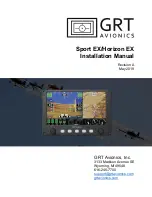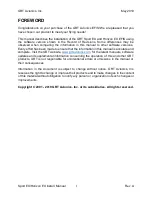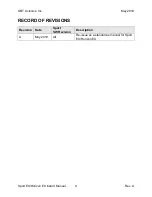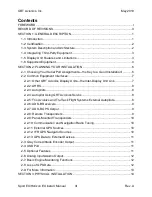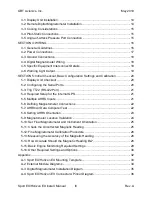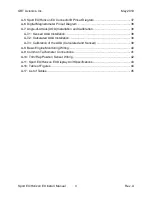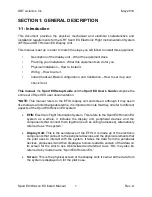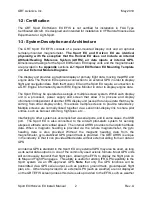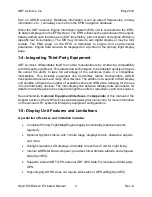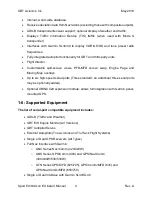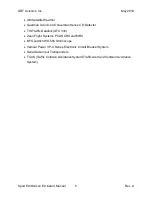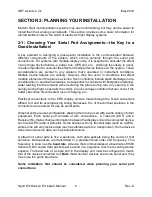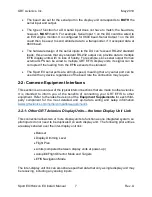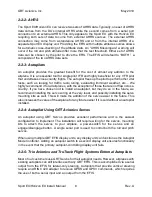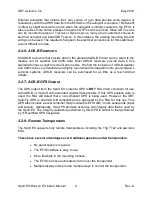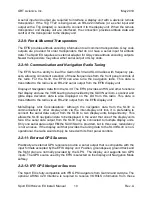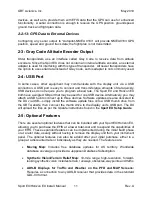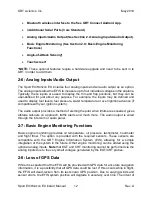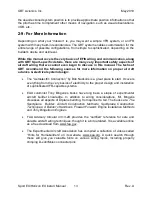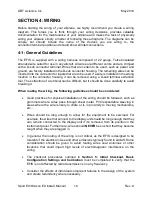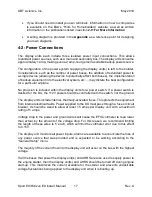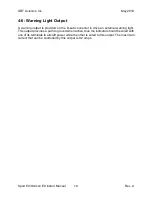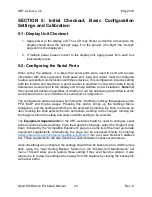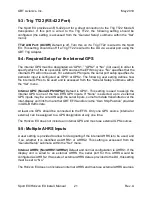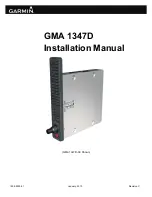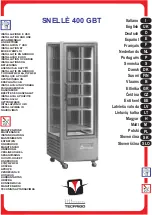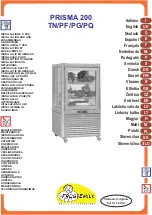
GRT Avionics, Inc.
May 2019
Sport EX/Horizon EX Install. Manual
6
Rev. A
SECTION 2: PLANNING YOUR INSTALLATION
Modern flight instrumentation systems may seem intimidating, but they can be easier to
install than their analog counterparts. This section provides some basic information for
aircraft builders new to the world of electronic flight display systems.
2-1: Choosing Your Serial Port Assignments
—the Key to a
Good Installation!
A key element to designing a glass-panel installation is the communication between
different components of the system, which occurs primarily through the serial port
connections. For systems with multiple display units, it is essential to consider the effect
of any single device failure
—a power bus, GPS unit, etc… Although less likely to occur,
it is also important to consider the effects of multiple device failures on the system. These
considerations are pivotal to any airplane
that’s operated in instrument conditions.
Multiple device failures are unlikely; however, they can occur in conditions that effect
multiple elements of the plane’s avionics. Such conditions include static discharge (not a
consideration in aluminum airplanes, but essential to consider with fiberglass airplanes),
water leaking into the airplane (when entering the plane during rain, any opening in the
canopy during flight, especially the vents), an over-voltage condition that can occur if the
battery becomes disconnected, loss of charging, etc
…
Electrical connections to the EFIS display unit are made through the D-sub connectors
affixed to it and its accompanying wiring harnesses. Six of the terminal positions in the
connectors are reserved for use as serial ports.
All serial ports are user-configurable, allowing them to be used with a wide variety of other
equipment. Each serial port consists of two connections
– a Transmit (OUT) and a
Receive (IN)
–that exchange information between the display unit and a connected device,
such as a GPS, radio or autopilot. Some devices will only transmit data (such as a GPS),
while some will only receive data (such as altitude data to a transponder). Some devices
transmit and receive data, such as autopilot servos.
A stream of serial data is like a sentence, with data packets being the words of that
sentence. Data packets are transmitted in a predetermined order and frequency. This
frequency is known as the
baud rate
. A device that communicates at a baud rate of 9600
delivers 9,600 coded data packets per second in a sequence that the receiving device
expects. The baud rate of a serial port in the display unit must be configured to match
that of the device connected to it.
Note
that when two devices share one serial port, they
mush use the same baud rate.
Some limitations that should be considered when planning your serial port
connections:

